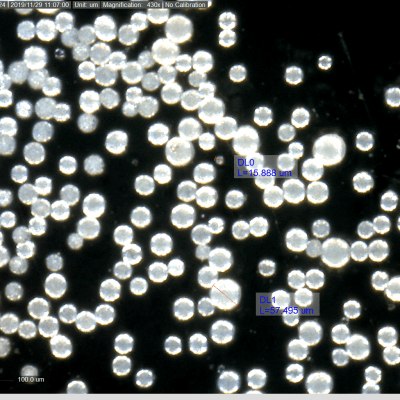Polycaprolacton

Polycaprolactone is a biodegradable polymer used as an effective absorbable filler for correction of irregularities and asymmetries, definition of facial lines and treatment of wrinkles. It differs from other absorbable particulate fillers in that it lasts up to four years.
Its application is by PCL, a microsphere-shaped polymer distributed in a phosphate buffered saline-based carboxymethylated cellulose gel in a ratio of 30% Polycaprolactone and 70% gel. Thus, in addition to a noninvasive harmonization applied through microcannulas, PCL stimulates the natural production of collagen, which forms the basis for elastin and hyaluronic acid. Together these three substances are responsible for the firmness, elasticity and hydration of the skin.
How PCL acts in facial rejuvenation
From the age of 30, our body substantially decreases, each year, the natural production of collagen, the skin’s sustaining protein. With aging, there is also loss of bone tissue and fat and muscle layers. By being positioned in the subdermal layer, polycaprolactone reduces tissue loss brought with age by filling the space left by wrinkles and furrows.
In addition to the ability to reduce asymmetries, the substance will stimulate collagen production, which will gradually influence tissue hydration, firmness and elasticity, contributing to the revitalization of skin quality as a whole.
It is necessary to emphasize, however, that it is not possible to combat all causes of aging with only one technique. Other treatments may be indicated as complementary procedures to reduce the time stamps. The choice of techniques to combine for harmonic rejuvenation should be made under medical evaluation.
PCL Filling
PCL filling is a medical procedure performed only by professionals with a valid medical record and after face-to-face patient evaluation by the physician. The face-to-face consultation will help the doctor evaluate the patient’s physical appearance and clinical history so that he can indicate the most appropriate treatment.
If filling with PCL is indicated, the procedure is performed as follows: The doctor makes markings on the face to guide the application, which is made with microcannulas, needles without tips specially developed to distribute fillers without breaking vessels and nerves. Prior to application of Polycaprolactone, sites are given local anesthesia.
Different application techniques may be used according to the purpose of the treatment. The implant of the product can be performed by linear, fan or cross distribution, depending on the region of the face and the desired result. According to the medical assessment and treatment needs of each patient, the physician will choose a different type of PCL filler, which has a fixed concentration but varies with polymer chain length and absorption time.
Possible reactions after PCL filling
Biologically compatible and absorbable, PCL filling has a reduced chance of producing adverse reactions as it functions as a collagen stimulator and is naturally diluted by up to four years.
Filling with polycaprolactone is minimally invasive, as it does not require cutting or hospitalization and because it is done with microcannulas it has reduced chances of leaving a scar. Common skin reactions to the intervention are the formation of swelling, redness, itching and local stiffness. All organism responses that disappear without interference.
A review consultation is recommended the following week. The patient can go back to his or her routine on the same day, the only restrictions are on physical exercise, sun exposure, hot showers and the use of makeup.
